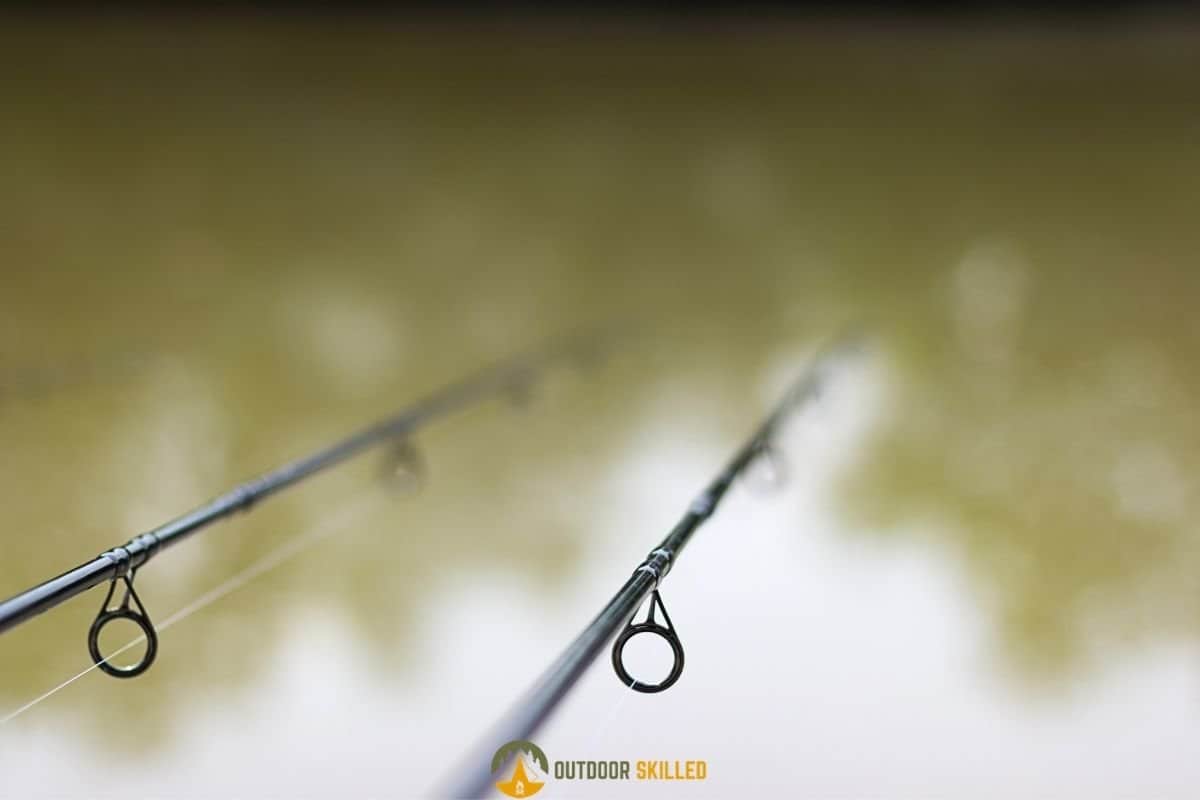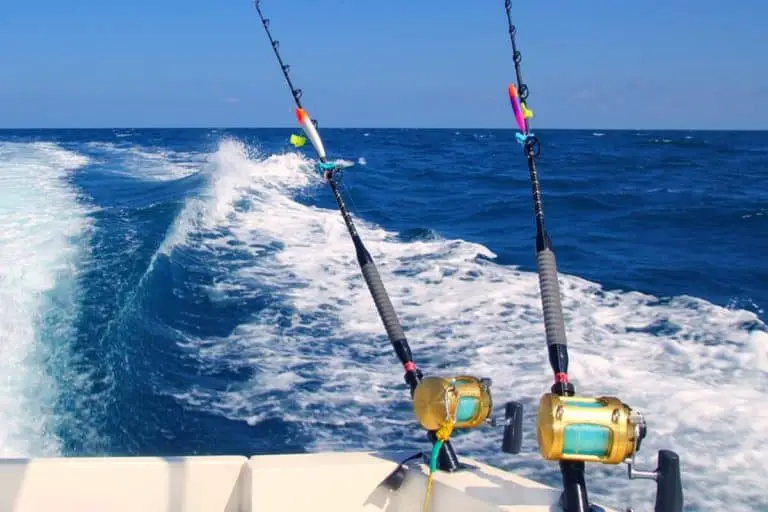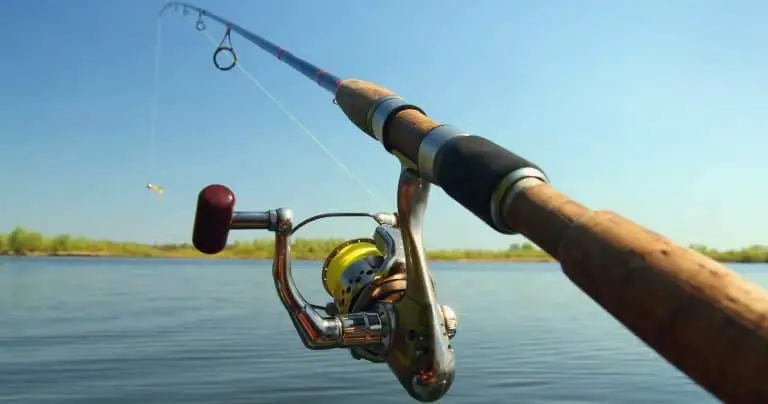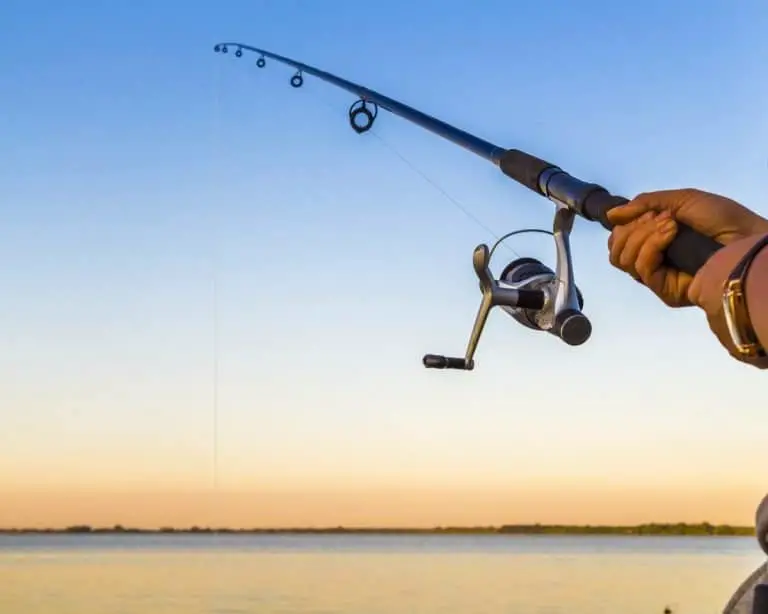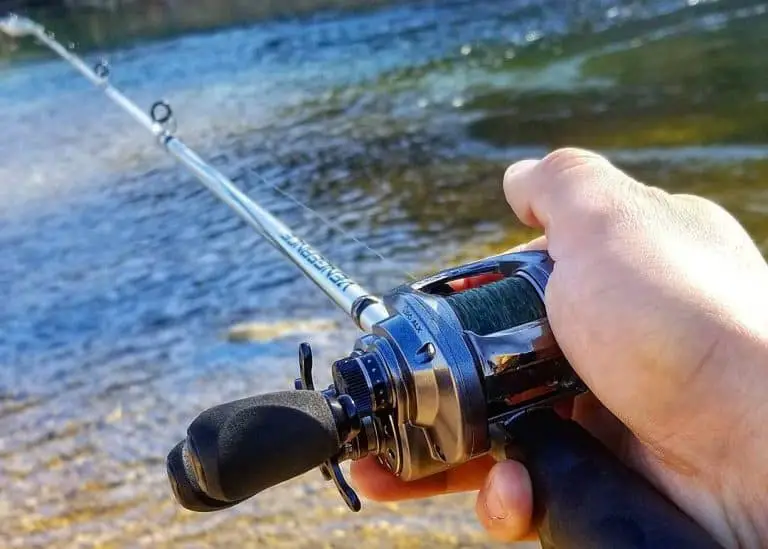The Pros and Cons of Telescopic Fishing Rods – Should You Use Them?
Telescopic rods are getting more and more popular among professional anglers as well as beginners. They have several benefits and few drawbacks.
Here’s a quick breakdown of the pros and cons of telescopic fishing rods:
| Pros | Cons |
|---|---|
| Better portability and easier storage thanks to their collapsible nature | Not suitable for beginners because they have lots of moving parts |
| They’re more affordable | Opening and closing too rapidly can wear down the rod over time. |
| They’re hard to break because of the rod being divided into sections which allow the weight and stress to be distributed evenly along its length. | They require extra maintenance to keep in good condition, because sand, dirt, and other debris can get stuck in the joints which will make the rod deteriorate faster |
Continue reading to learn more about what goes into making telescopic rods, how they work, and how to choose the best telescopic rod for all your needs. You can also check the best Telescopic fishing rods here, these are my own picks that I’ve personally tested over the years and with good results, so I hope you’ll find them just as useful.
Table of Contents
What Are Telescopic Fishing Rods Made of?
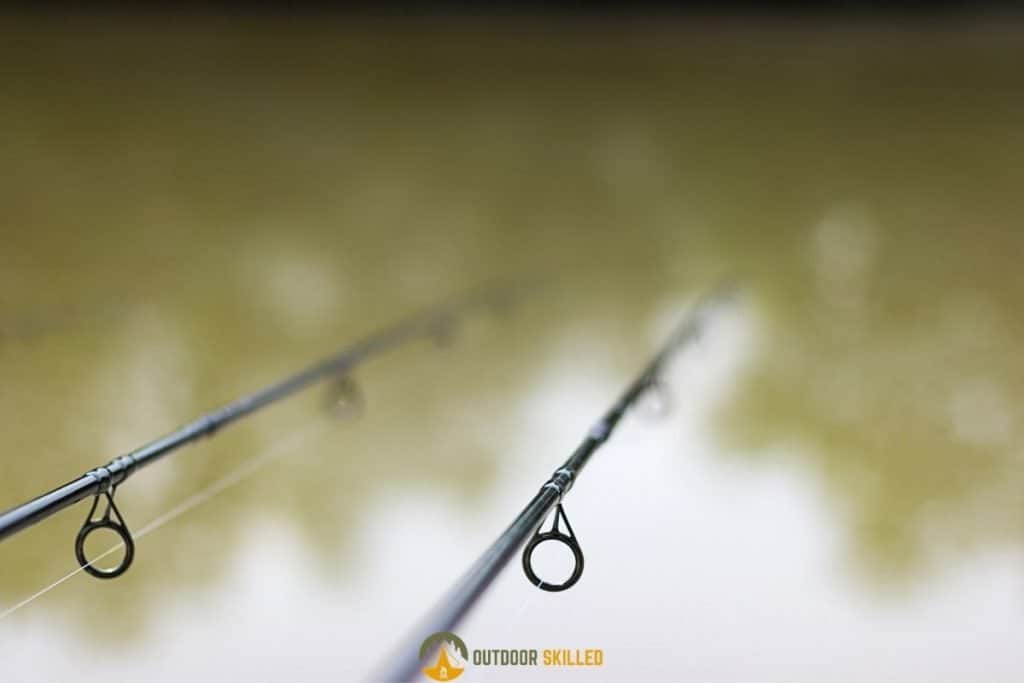
Telescopic rods are made out of two kinds of material, which are graphite (also known as carbon fiber) and fiberglass. Sometimes they can be made out of a combination of the two.
Fiberglass is more common and it offers durability along with flexibility.
As for graphite or carbon fiber, it offers extra sensitivity, however, it is known to be weaker than fiberglass rods.
A combination of both graphite and fiberglass in a rod would give you the perfect balance between all the best properties of each kind.
The reel seats are made out of aluminum, stainless steel, or glass. While eyelets are mostly made out of a type of metal, stainless steel, or ceramic.
Ceramic eyelets are smoother and lighter in weight. But, metal and stainless eyelets are stronger and less likely to get damaged.
The tip covers used to protect the eyelets are made out of hard plastic.
How Do Telescopic Fishing Rods Work?
Telescopic rods are known for being collapsible. The way they are designed makes them super convenient, however, it can also cause some confusion over how they actually work. This can result in user errors that might end up damaging the rod over time.
Luckily, it’s very easy to figure out:
- All you need to do is place the end of the rod on a flat surface, and pull each section out until it locks.
- When the rod is expanded entirely, you can go ahead and use it like any other fishing rod.
- Once you are done using your rod, you need to carefully twist the sections until all of them are loose, then the rod will collapse into itself once again.
- Some angels have the bad habit of trying to snap the rod too quickly to expand it, but this method is highly discouraged. You can cause serious harm to yourself and others, and also you can damage your rod completely, making it useless.
Who Should Use Telescopic Fishing Rods?
Telescopic fishing rods are mostly popular among travelers, campers, backcountry anglers, and surf anglers
This is because of the small size of telescopic rods and which makes them easier to carry in your car trunk or boat. They can also be packed into a small suitcase or even backpack.
They’re also a good choice for beginners because it’s very easy to find a good quality telescopic rod at an affordable price.
They can be used in both saltwater and freshwater. Also, for targeting any kind of fish, with only needing to adjust the bait and reel. Some popular fish species that can be targeted with telescopic rods include salmon, trout, bass, and bream.
What to Look for When Buying a Telescoping Rod?
Choosing the perfect telescopic rod to buy depends on several key factors that you would need to take into consideration
let’s quickly break them down:
- The length of the rod – keep in mind the length of the telescopic rod when it’s collapsed and also when it’s extended to make sure it fits your needs.
Usually, the full length of a telescopic rod is around 12 feet and when it’s collapsed it goes down to 1 or 2 feet.
- The material used – when you consider the benefits that each kind of material can offer you, your choice will mostly depend on your preference and goal.
- The number of eyelets – The more eyelets you have on your rod the more evenly distributed the weight will be. So, it’s recommended to choose a rod with a good number of eyelets to increase its strength.
Eyelets are small guides or rings that are used to guide your fishing line along your rod and to strengthen each section.
What Are the Best Telescoping Fishing Rods?
The top recommendation is the Sougayilang telescopic fishing rod.
- It is available in sizes 5.9 and 7.8 ft. When it’s collapsed, it can be almost 16 inches long.
- The materials used to make it are graphite and fiberglass
- It is suitable for both freshwater and saltwater.
- The line guides are ceramic, which makes them smooth and they are covered with a form of epoxy to make them stronger.
- The price varies slightly depending on the length, but it is quite affordable.
Another alternative to consider is the Kastking Blackhawk II telescopic fishing rod.
- You can choose among 14 different models, depending on the length and action.
- The best feature that this rod offers is that its sections fit perfectly into each other, so the power transition goes full length when the rod is extended.
- It is made out of graphite, which it makes less strong, but also very sensitive and responsive.
- The line guides are made out of Stainless steel line guides which makes them more durable and the reel seat is made from graphite.
- These rods are also good for saltwater and freshwater.
In Conclusion; should you get a telescopic fishing rod?
The short answer is yes.
You can have them as a back-up option with other rods on long trips, or keep them with you all the time so that you never miss a fishing opportunity.
Telescopic fishing rods are the perfect choice for you if you’re looking for a light, portable fishing rod that’s also reasonably priced.
Related Questions
How to Store Fishing Rods?
The best way to store fishing rods is by using fishing rod racks that are designed to keep the rods upright to maintain their shape. The racks can be mounted on a wall at your home or garage. Another way is to use rod sleeves or tubes, which are humid resistant and more portable.
How Long Do Fishing Rods Last?
A fiberglass fishing rod can last up to 20-30 years, while a graphite fishing rod can last up to 30-40 years. This mainly depends on the frequency of use as well as proper maintenance and storage.
Are Old Fishing Rods Worth the Money?
The age of the rod determines its value. Vintage fishing rods dating back to 1920-1960 can have some value and may be sold for a good price depending on the maker. On the other hand, antique rods made between 1850 – 1920 are usually sold for higher prices.
Helpful Resources
Are Telescopic Fishing Rods bad?
History of Telescopic Fishing Rods
If you like this article, please share it or pin it, you can find the share buttons below. We will really appreciate it ❤️

